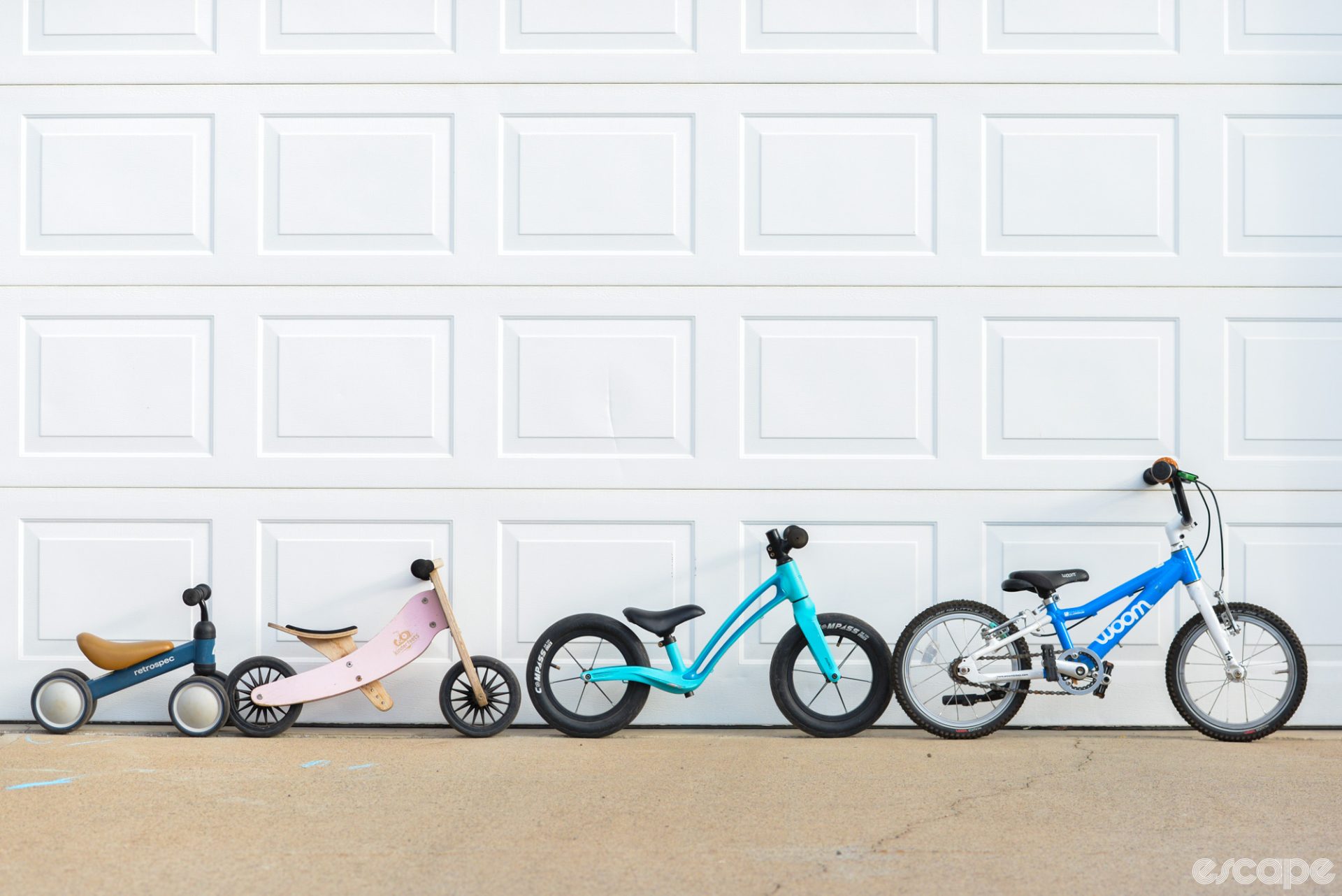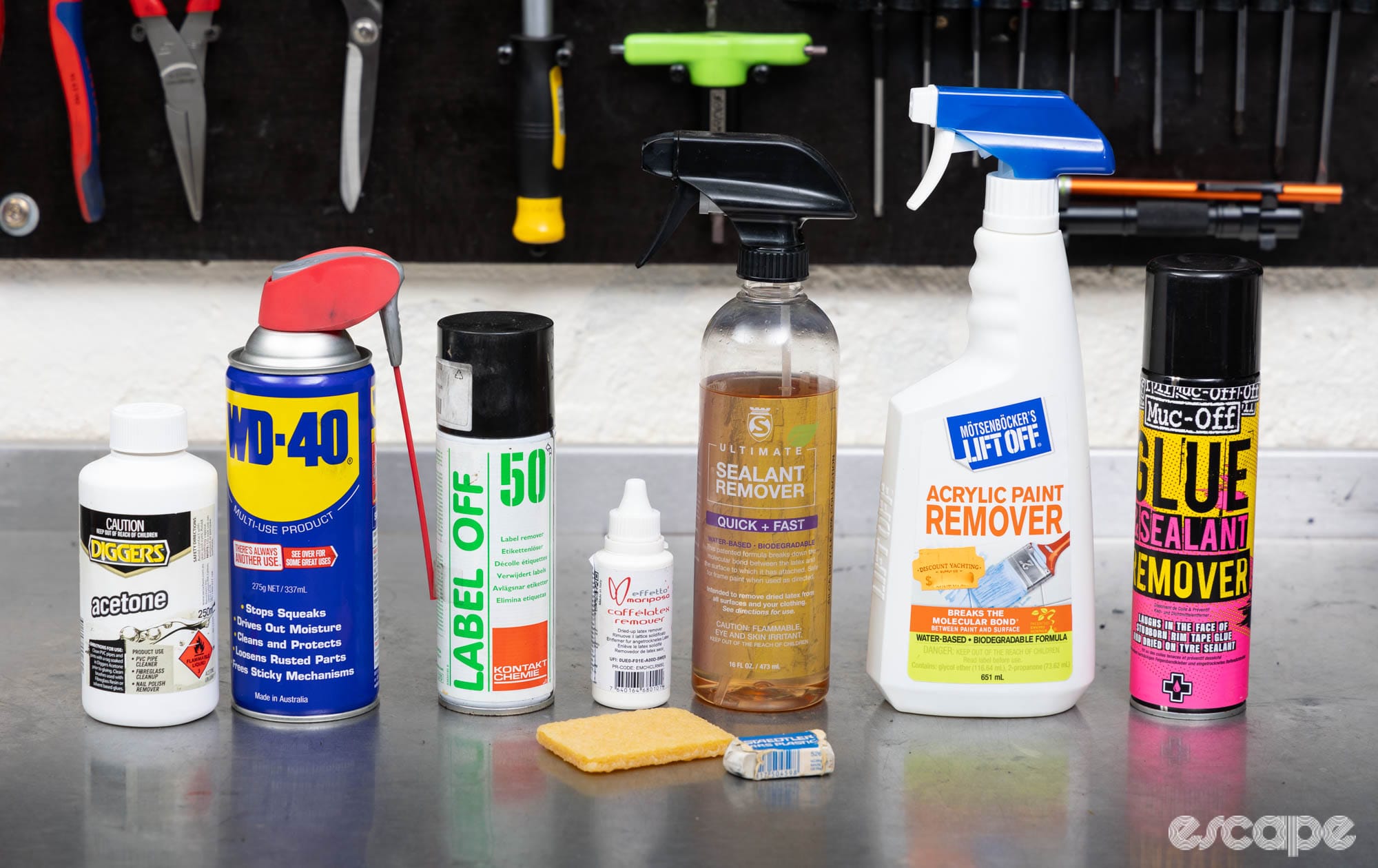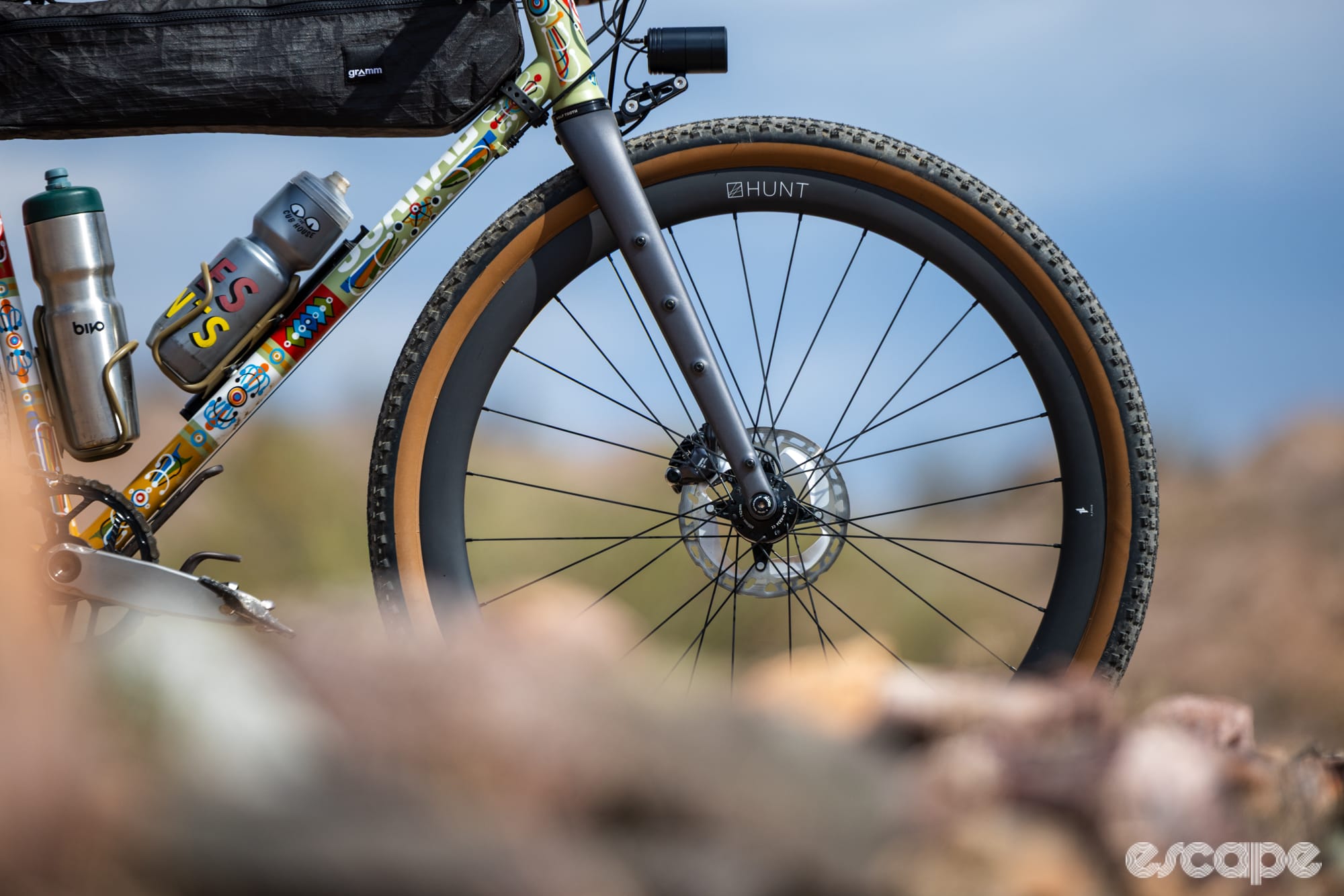We all want our kids to love cruising around on two wheels as much as we do. But all parents know that what we want is rarely all that relevant. Teaching a kid to love bikes is about patience, first and foremost. You need a willingness to wait for the right moment. All we can do is make the right tools accessible at the right times. That's where this list comes in.
There are hundreds of kids' bikes out there, and a dozen or more brands make truly excellent ones. The original Strider is still going strong, plus brands like Woom and Cleary and, when they get a bit older, superb high-end rides from the likes of Prevelo. Real mountain bikes for real mountain bike kids - the stuff we only could have dreamed of at their age.
All these options can be daunting, and this isn't supposed to be a definitive list. This is the story of one kid's progression, from bike to bike and skill to skill. I hope any new parents out there find it useful, and encourage all the old hands to drop into the comments with any tips, tricks, or bike suggestions that worked for you.
The first bike: Retrospec Cricket
Price: USD $50 / $78 AUD / £40
The Cricket was recommended as a first bike because it stands up on its own (it has four wheels, not two) and has an incredibly low saddle. Kid One was straddling it right around the time she could walk, a bit before her first birthday, and starting moving on it about a month later.
It took another few weeks before she figured out steering. For a while, she would just push, run into something, and then pick the whole bike up (it’s very light) and point it in a new direction.
The downside of the Cricket is that they aren’t actually learning balance and they outgrow it quickly once they figure out pushing and steering. Because it has two front wheels, the head tube angle is a nice sharp 90 degrees. That means with any speed, and any sort of bump, they endo.
Still, Kid One loved it, and the only way we got her onto the next bike was to make the Cricket disappear into the attic.
More info on Retrospec.com.
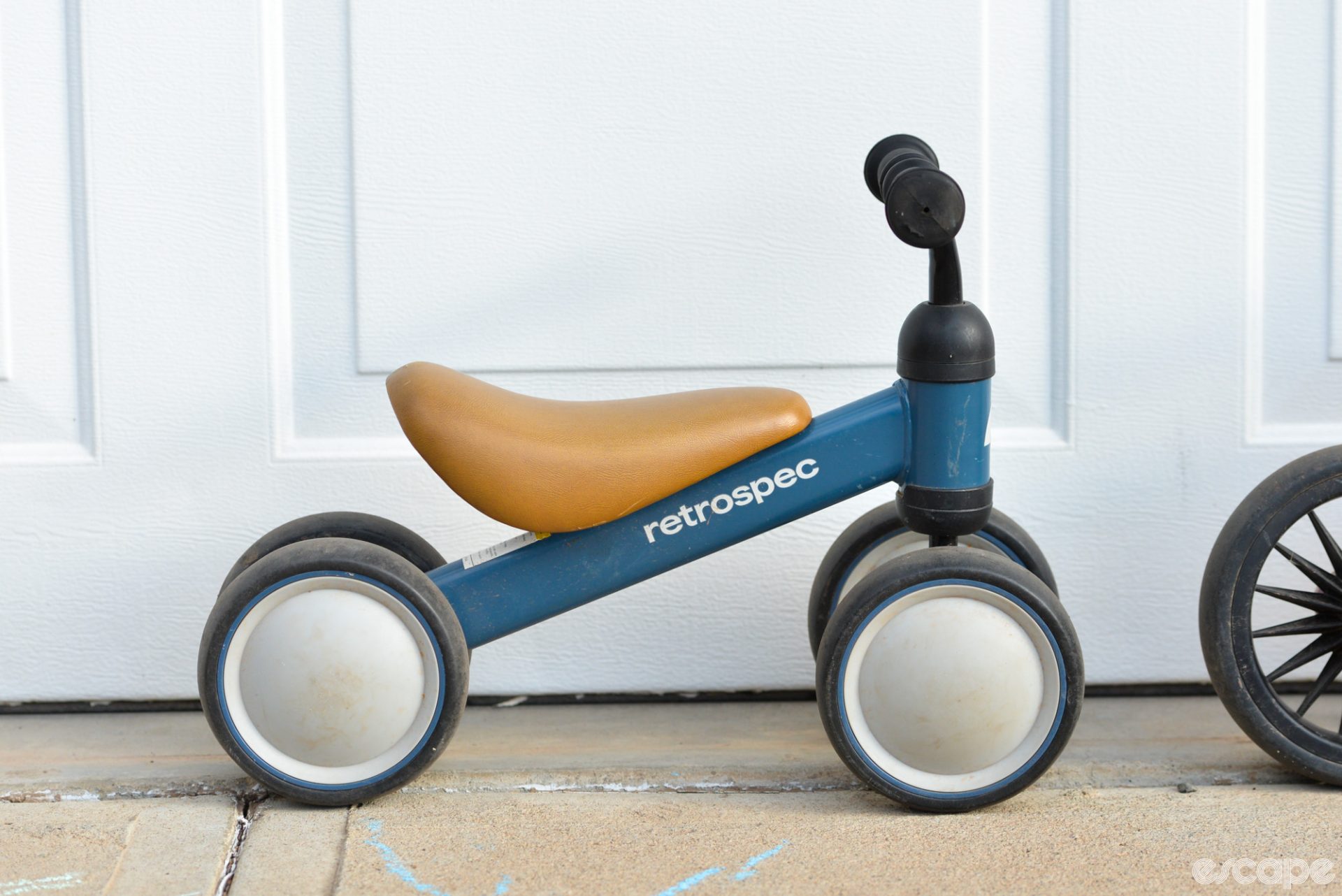
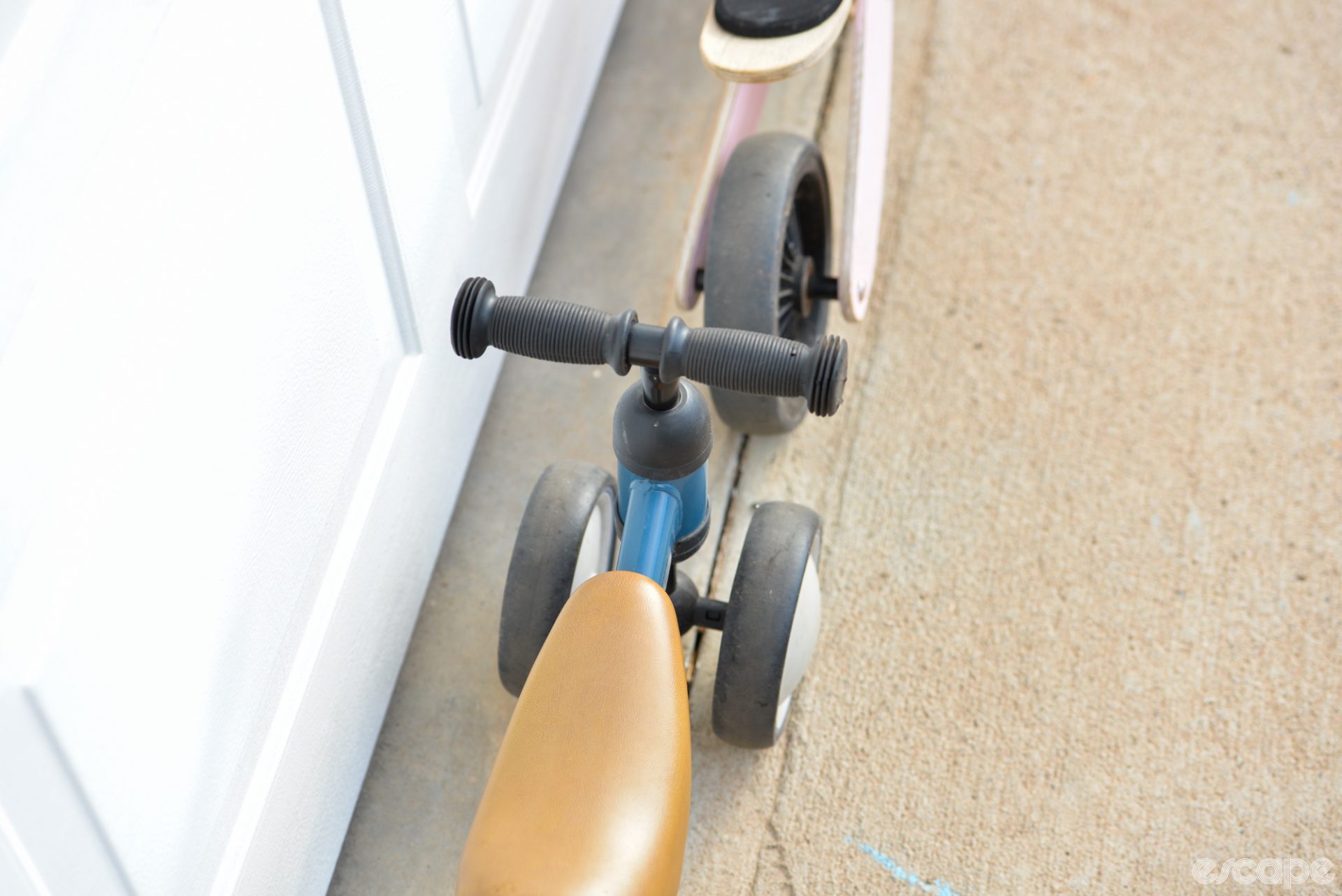
Second bike: Kinderfeets Tiny Tot 2-in-1
Price: USD $99 / AUD $155 / £89
This bike can also be a trike, but we never tried it that way. This came as a hand-me-down from a neighbor and by the time we got it, it was already in two-wheel configuration. That was good for us though, because we were graduating from the more stable Cricket and it was time for two wheels.
This occurred around 18 months for Kid One. Your mileage will vary considerably.
The Kinderfeets is great because the fork/handlebars attach to the frame using a sort of rubber wishbone, which makes it difficult for the kid to jackknife and crash. The seat can go very low, too, down to as low as 8.5 inches (21.5 cm), which is much lower than most balance bikes. I think it’s currently the lowest balance bike on the market, which makes it perfect for bike-crazed parents like us trying to accelerate the learning process as much as is reasonable.
Did we do a good job with this story?

